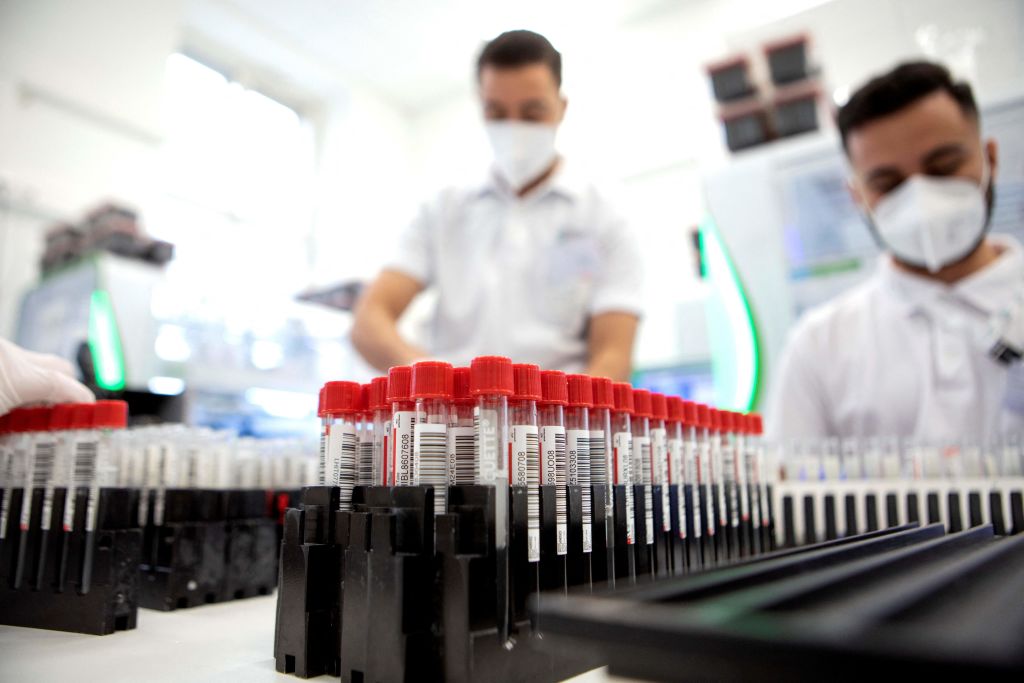ADF STAFF
One of the key features of the condition known as long COVID is “brain fog,” a persistent problem some people have processing information and organizing their thoughts.
New research suggests that brain fog may be connected to the body’s response to COVID-19, which can trigger the kind of breakdown in brain cells commonly seen in patients with neurological disorders such as schizophrenia, Alzheimer’s disease and Parkinson’s disease.
About a quarter of people who recover from a coronavirus infection develop some of the 200 symptoms that have become categorized as long COVID. Those symptoms can include everything from fatigue to circulatory issues to muscle aches.
Brain fog ranks high on the list of long COVID symptoms for many people post-infection. Researchers at Sweden’s Karolinska Institutet believe the reason may lie in a component of the immune system known as microglia. Microglia serve as the body’s cellular clean-up crew by, among other things, devouring dying cells.
In the central nervous system (the brain and spinal cord), microglia prune the tips of nerve cells. That removes the point where nerve cells communicate across the synapses that separate them, disconnecting the affected cells from their neighbors.
Those lost connections raise concerns that people who recover from COVID-19 are at increased risk of developing dementia in the future, researcher Carl Sellgren of the Karolinska Institutet writes in The Conversation.
“The exaggerated elimination of synapses we saw in the COVID-infected models could explain why some people have cognitive symptoms as part of long COVID,” Sellgren writes.
Researchers tested the effect of COVID-19 on brain cells in a laboratory by creating small collections of brain cells known as organoids. The organoids perform the same way as their larger counterparts, particularly when exposed to the COVID-19 virus.
After being exposed to COVID-19, the organoids showed about three times the lost connections than would be expected in normal conditions, according to Sellgren’s research. The losses began as soon as three days after the cells were infected.
Studies of the brains of people who died from COVID-19 in hospitals showed a loss of grey matter, the cells that make up the outer layer of the brain and control functions such as muscle control, sensory perception, and decision-making.
Other researchers have found that COVID-19 also damages the brain’s white matter — the interior parts of the brain that transmit signals from one section of grey matter to another.
Sellgren notes that his team’s research “identifies a potential novel mechanism contributing to cognitive impairments in patients recovering from COVID-19.”
He said that identifying the role of microglia in long COVID could provide a key to treating patients for the neurological effects that come with it. The antibiotic minocycline reduced the effect of microglia in the lab.
“So, we want to see if this drug can help in our brain organoid models following SARS-CoV-2 (COVID-19) infection,” Sellgren writes.

